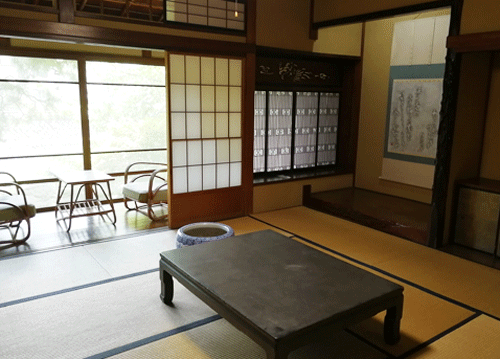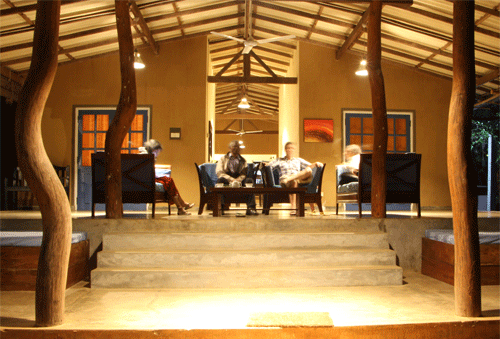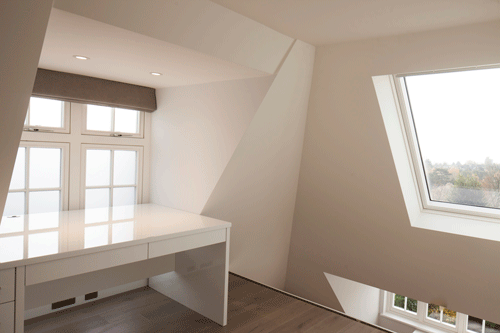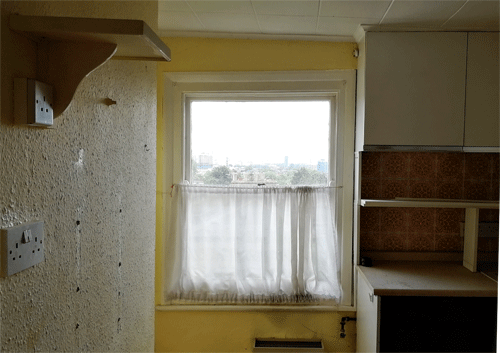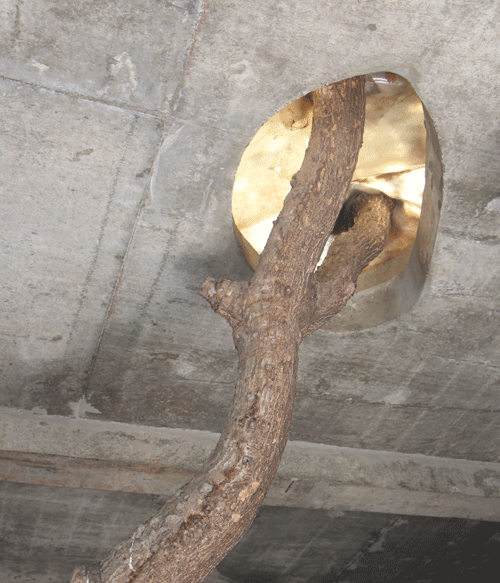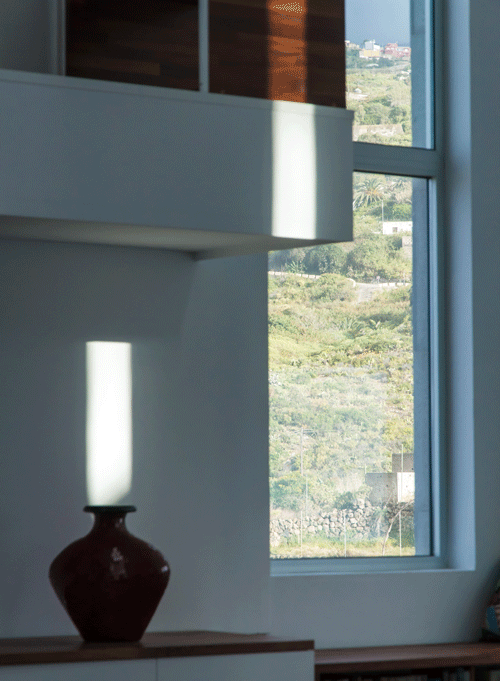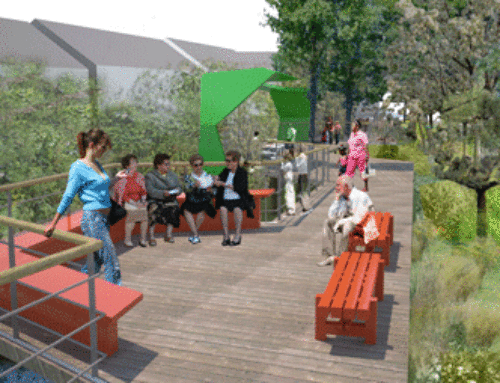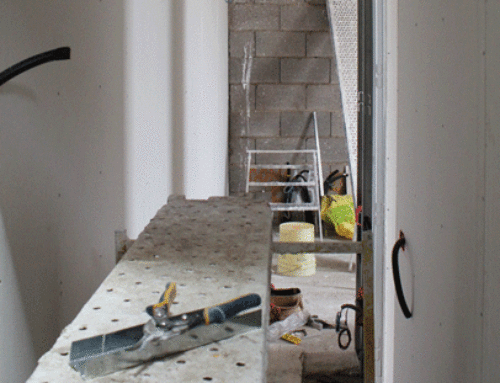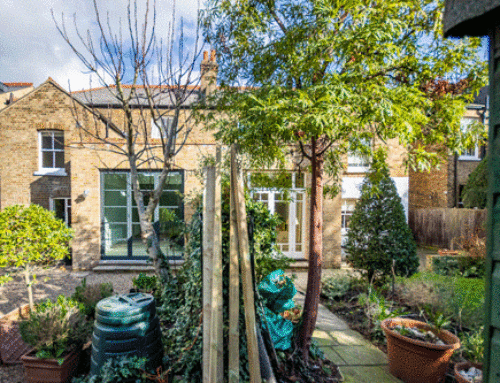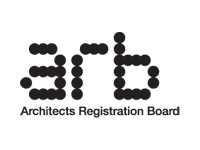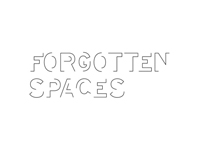The Advantages of a Minimalist approach to Space and Design
I was also inspired to do this by one of the few articles on minimalism I have recently enjoyed (I’ve read many more). The New York Times article by Kyle Chayka makes a renewed case for minimalism based on ancient principles rather than the modern movement’s highly marketed version. He also gets major kudos for having read In Praise of Shadows which is a must for any budding Architect.
THE OLD-SKOOL ROOTS OF MINIMALISM
In his article, Chayka points out the ancient Japanese origins of minimalism; a philosophy or attitude which appreciates the imperfection of things as they are sometimes with the absence of something. I think this observation has been shared by many older cultures whether or not the concept has been labelled.
Having unwittingly grown up as a minimalist myself, I have an affinity with the minimalist movement even if I don’t profess to be one myself. It has definitely informed my approach to design, but more on that in a minute.
When reading about the latest movement towards minimalist lifestyles, I’m struck by how closely these lifestyles are to the ones we practiced growing up. The key difference being that our choices were probably less photogenic and due to a combination of necessity and inherited practices rather than a new movement.
Nowadays, people are choosing these lifestyles for various reasons in the rich, western world, less through necessity or custom, but rather for counter-cultural reasons. These reasons include environmental concerns, a discontent with mainstream consumerism, ambitions to be debt free and freedom in general, amongst other reasons.
The other (usually secondary) reason is aesthetic. The aesthetics of minimalism are often presented as very monochromatic, unadorned and brightly lit. As appealing as this looks in images, this is often a little misleading.
Though it can be inspiring to see clean, uncluttered spaces, to mimic these spaces is to miss the point. Something that gets closer to the heart of minimalism is a quote from Chayka’s article above:
“What already exists immediately around us is more important than all of our anxieties about what’s not there yet.”
THE MINIMALIST DESIGNER
Like almost everything, the concept of minimalism is down to interpretation and my interpretation is entirely influenced by the experiences of my childhood.
These have led me to go small where I could go big (bigger house, bigger income, bigger mortgage are not for me), make do where I could go new (mend, reclaim, re-purpose) and of course go less where I could go more (generally fewer possessions, fewer things on my wants and to do list and a more focused use of resources).
This all translates pretty clearly into my approach as a designer, with one perhaps surprising trait, which is the appreciation of what already exists. Sometimes the trick of architecture is pulling out what does work amidst all the things that don’t.
This may sound contradictory for an Architect engaged in domestic refurbishment. How, if I am so committed to what exists, do I even begin to understand my clients’ need for change? Is it sheer hypocrisy that allows me to draw up plans to gut an entirely (more or less functioning) building?
The answer is not so minimal:
#1 critically my job as an architect is not to impose my own agenda on my clients but rather to fulfil their brief without ignoring my other duties (professional responsibilities, the environment and other ethical and moral considerations).
#2 I find that the appreciation of what exists, need not be blind to faults in order to appreciate the positive aspects. My job as an architect is to reveal those positives as much as possible whilst reducing or removing the problems through my expertise. It is about finding beauty in unexpected places and making room for it.
#3 this attitude often goes hand in hand with client’s aspirations for budget solutions and light touch approaches that do not disrupt their lives for months on end. Often, I can be called in by someone who thinks they want to demolish half their house, only to find that the same results can be achieved with a few well thought out tweaks.
#4 keeping this mindset helps me to achieve my duties towards the environment and society in general without coming into conflict with my duties to the client. Architecture that retrofits and makes a building more efficient and sustainable is always, in my opinion, more beneficial than avoiding work for the sake of the short term costs but it is also true that where building work is unnecessarily done, the costs are simply unjustifiable. Starting with an appreciation of the existing helps you avoid the sheer waste of resources that can occur on building projects.
#5 An appreciation of the small and subtle qualities of objects and space makes me a better designer because at its heart, design and architecture should be about the simple joys of everyday life.
CONCLUSION
Ultimately, I don’t enjoy labels even if they do fulfil useful functions in promoting certain ideas. But, whether or not you consider yourself a minimalist, a slight minimalist attitude applied to decision making can bring forth many positive outcomes; I have found this to be true in design and architecture as in many other aspects of life.
The aesthetics will follow.
